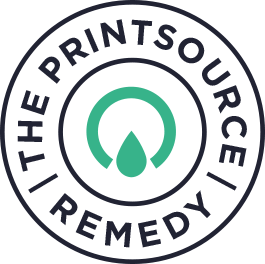It’s not just a protective shell for the contents within; it’s a silent storyteller, a visual ambassador for the brand it represents. From the vibrant hues to the sleek contours, every aspect of packaging is meticulously crafted to convey a message—a message that speaks volumes about the essence of the brand.
In today’s hyper-competitive market, where consumers are inundated with choices, packaging plays a pivotal role in capturing attention and fostering brand loyalty. It’s the first point of contact between a product and its potential consumer, and in that fleeting moment, it must captivate, inform, and resonate on a deep emotional level.
So, what makes packaging truly speak? It’s a delicate dance between form and function, aesthetics and practicality, that transforms a mere commodity into a compelling narrative. Let’s delve into the key elements that contribute to packaging’s ability to tell your brand’s story:
Visual Identity
At the heart of effective packaging design lies a strong visual identity. Whether it’s bold typography, striking graphics, or a distinctive logo, these elements serve as the cornerstone of brand recognition. Take, for example, the iconic Coca-Cola bottle—a timeless symbol that instantly evokes feelings of nostalgia and refreshment. Consistency in visual identity across all packaging reinforces brand recall and fosters trust among consumers.
Storytelling through Imagery
Images have the power to evoke emotions and convey messages more effectively than words alone. Through carefully curated visuals, packaging can transport consumers into the brand’s world, showcasing its values, ethos, and unique selling points. For instance, a premium chocolate brand might feature lush cacao farms and artisans handcrafting decadent treats, immersing consumers in the journey of chocolate-making and elevating the product from a mere confection to a luxurious experience.
Sustainability and Ethical Values
In an era where eco-consciousness reigns supreme, packaging design is increasingly intertwined with sustainability and ethical values. Brands are leveraging eco-friendly materials, minimalist designs, and transparent labeling to communicate their commitment to environmental stewardship. By aligning with consumers’ values, packaging becomes not only a vessel for the product but also a testament to the brand’s integrity and responsibility towards the planet.
User Experience
Beyond aesthetics, packaging must also deliver a seamless user experience. Intuitive designs, ergonomic shapes, and convenient features enhance usability and delight consumers. Think of Apple’s meticulously designed product packaging, where every detail, from the effortless unboxing experience to the snug fit of the product, enhances the perceived value and elevates the brand’s image.
Emotional Connection
Ultimately, the most compelling packaging designs forge an emotional connection with consumers. Whether it’s through clever storytelling, nostalgic imagery, or a sense of exclusivity, packaging has the power to evoke feelings of joy, excitement, or comfort. This emotional resonance fosters brand loyalty, turning casual consumers into passionate advocates who proudly display their favorite products on shelves and social media feeds.
In conclusion, packaging is much more than a mere wrapper—it’s a powerful medium for brand expression, storytelling, and connection. By leveraging the principles of visual identity, storytelling, sustainability, user experience, and emotional resonance, brands can craft packaging designs that not only stand out on the shelves but also leave a lasting impression in the hearts and minds of consumers. So, the next time you hold a product in your hands, take a moment to listen to the story that its packaging tells—it might just deepen your appreciation for the brand behind it.




